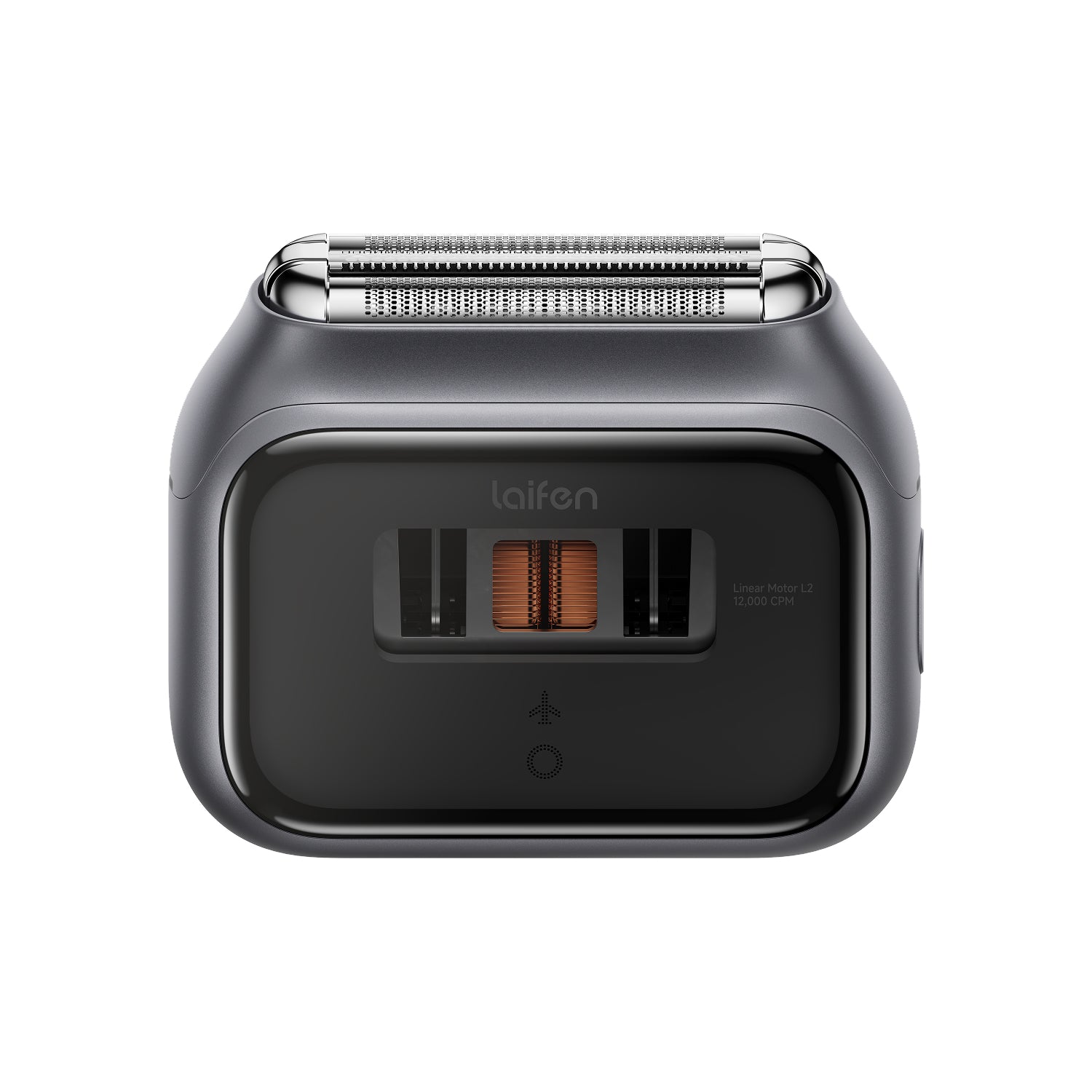
In this article
Cavities are formed as a result of tooth decay. Bacteria erodes some of the tooth enamel, which sees the cavity burrow down into the core of the tooth. As a result, they can be painful, and if you don't treat them, they become worse and may affect your ability to eat or speak.
There are several different types of cavities, including interproximal cavities, which form between your teeth as opposed to at the center of one tooth. Join us as we take a closer look at what causes these cavities, how to prevent them, and how to treat them if you notice that one has formed in your mouth.
Can you get a cavity between the back teeth?
Yes, you can. The official name for such a cavity is an interproximal cavity. It happens when your tooth enamel is decayed by bacteria.
One of the issues with interproximal cavities is that many people don't notice them for a while, meaning they're left to get worse before any form of cavity treatment begins.
You're likely only to notice a cavity in between your back teeth when the decay penetrates the enamel and reaches the dentin, which is the second layer of tissue.
At this stage, you will probably experience heightened tooth sensitivity, specifically when taking hot or cold drinks. Even then, you might not be able to see what's causing the sensitivity, but it may prompt you to book an appointment with your dentist.
The dentist will then request an x-ray, as this is the best way to spot a back molar cavity in between teeth.
How to prevent a cavity in between back teeth
Cavities appear because of tooth decay, which usually stems from excessive amounts of sugar. As a result, controlling your diet and reducing the amount of refined sugar you take can make a big difference to your teeth and may help prevent cavities between your back teeth from forming.
That being said, the way you look after your teeth is important. An electric toothbrush - such as the Laifen Wave - is much better at getting in between the gaps between your back teeth than a manual toothbrush. Making the switch can help significantly.
Thorough flossing is also key, as flossing removes some of the bacteria and plaque from between your teeth. You should also use an antibacterial mouthwash every day after brushing your teeth for the best results.
What's more, and as we mentioned above, some cavities between your back teeth aren't obvious, so visiting the dentist regularly is crucial. We recommend a check-up once or twice a year, as your dentist will be able to identify any cavities before they cause you serious issues.
What's the best course of treatment for a cavity between back teeth?
Like any dental decay, an interproximal cavity can be uncomfortable. It can also impact your ability to bite or even speak, depending on its severity.
If your dentist is able to identify the cavity, they might treat it in any of the following ways:
Recalcification
This is only possible if your dentist notices the cavity early or before it reaches the dentin. If recalcitration is possible, your dentist will be able to fill the gap with fluoride gel, with no subsequent treatment required.
Filling
If recalcitration is off the table, a filling is the next best option. A filling consists of dental cement and is an effective way of restoring your tooth to its shape before the cavity appeared.
Root canal
Root canal treatment may be required if the decay has reached the tooth's roots. This requires the dentist to drill into your teeth before cleaning the pulp and removing any lingering infection. The final step is to fix a filling or crown in place to restore the infected tooth.
Extraction
If a dentist can't perform a root canal and thinks the tooth is beyond saving, an extraction may be the only alternative. If your tooth is extracted, you can opt for a dental implant or bridge to fill the gap.
Kids' cavities between back teeth - what's the best treatment?
Though they're less common, children can also develop cavities between their teeth. They develop for the same reasons and require the same course of treatment.
The main difference is that if a child's tooth is heavily decayed with a cavity, a pediatric dentist is more likely to remove the tooth to clear the infection, as they know that an adult tooth will eventually replace it.
The bottom line
The best way to prevent a cavity between your back teeth is to limit your sugar intake. You also need to thoroughly clean your teeth with an electric toothbrush and use floss and an antibacterial mouthwash to remove any plaque and food debris from between your teeth.
As interproximal cavities are so difficult to spot, you should also schedule regular checkups with your dentist. Most interproximal cavities can be treated with recalcification or a filling, but if not, a root canal should save you from having the tooth extracted.































